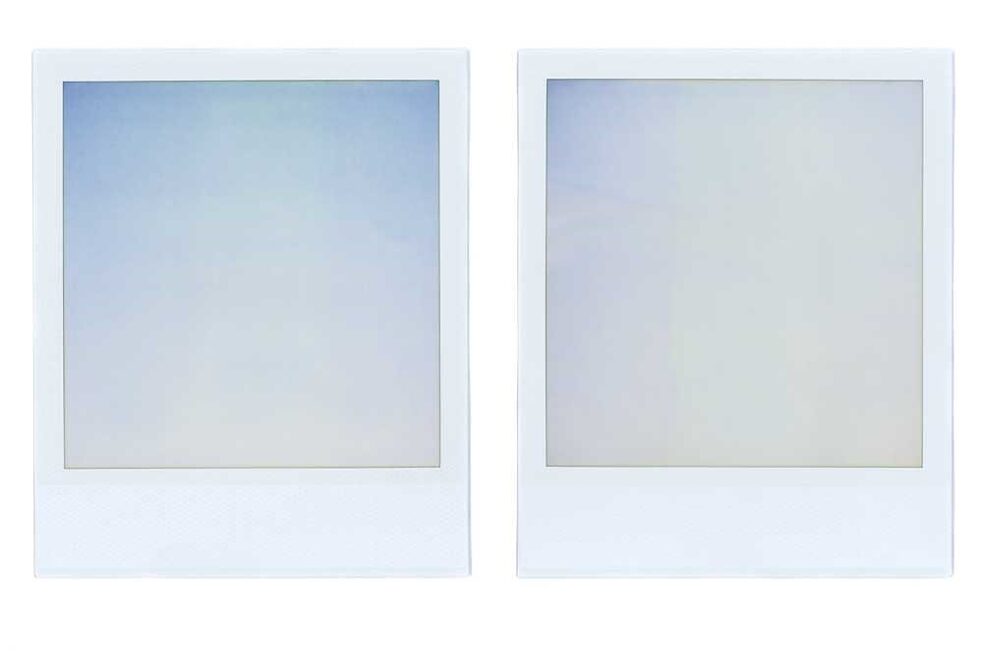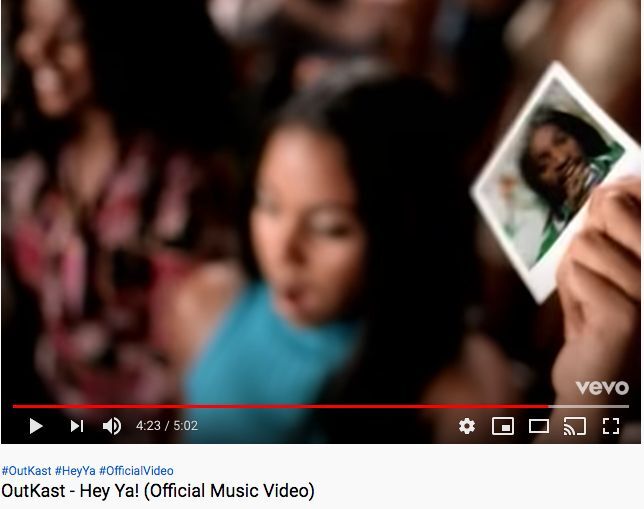Edgar Leciejewski’s bildarchive
The Polaroid Pop Culture Phenomenon
In 2008, a collector gave Leipzig photographer Edgar Leciejewski 8,000 Polaroid films, out of the last Polaroid production before the product was discontinued. From this, the artist developed the photo series dine & dash of inside and outside views of his studio.
By Jutta Brendemuhl
“All Polaroids have been used up (a few I took of friends), cataloged in detail, waiting in storage to see the light of day in a next exhibition”, Edgar Leciejewski tells me when I ask what might be left of the gift of 8,000 Polaroid films he received a decade ago. “My main concern was to create a unified cycle of the last ‘Polas’”, as the photographer affectionately calls his creations. Leciejewski’s dine & dash is a vast survey of the interior and exterior of his Leipzig studio. A year after unexpectedly receiving this stash of nearly extinct film material, Leciejewski showed his Polaroid series as part of a larger show at Spinnerei Leipzig gallery district. That exhibition brought forth the bildarchive 9 booklet of twenty Polaroids we are looking at in this series.
Analog. Unique. Retro. (Nearly) square. DIY. Democratic—at least in principle, before the price point went up. The Polaroid story in short: The product we refer to really is called Instant Film by the American company Polaroid. Small-format photographs are developed in-camera in minutes. Introduced in 1948, and from 1963 onwards in color, Polaroids became a pop culture phenomenon in the 1970s. In 2008, the last Polaroid films rolled out of the Dutch factory in Enschede, leading to Edgar Leciejewski’s windfall. The last few years have seen a renaissance of the spontaneous aesthetic through apps like Polaroid Originals and new cameras such as the Leica Sofort or Fujifilm Instax, which replicate the character and the immediately recognizable format tinged with vibrant colors and nostalgia. There is even a blogger offering a downloadable template to fake a Polaroid layout for any photo.
Ultimately, the idea of social media platforms such as Instagram is based on the basic concept of inventor Edwin Herbert Land, the American son of Russian-Jewish immigrant parents: a quick take, home production, then immediate reception and distribution. “Shake it like a Polaroid picture”, sings pop star Andre 3000—actually not advisable as it will blur the colors during development.
Andy Warhol and Wim Wenders are known for the use of Polaroid film in their photographic work. Photographer Mary McCartney just took over C/O Berlin’s Instagram account in May 2020 featuring her Polaroids of her parents Linda and Paul, while photography gallery C/O Berlin is exhibiting Linda McCartney. The Polaroid Diaries, on view until September 2020. Paul McCartney told Die Zeit newspaper that Linda McCartney “was always observing, always looking for those simple, unprotected moments of connection and intimacy”—choosing Polaroids to capture them.
Similarly, Edgar Leciejewski has looked for those connections out of his window in ten Polaroid pairs, one-offs arranged in dialogue on each page, simple, statically framed views “talking to each other”, inviting comparison and contrast.
Next time, we will have a closer look at Edgar Leciejewski’s “Polas” and his critical take on the technology.


